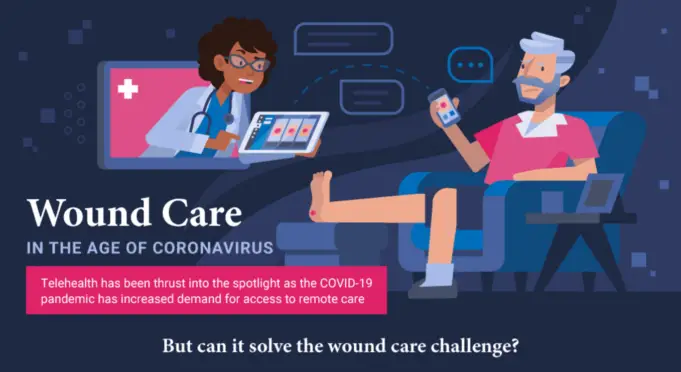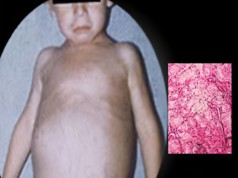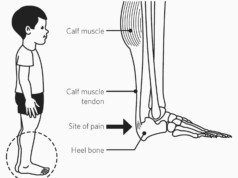The pandemic has changed a lot of things overnight, including how and whether we can access healthcare.
In most places, people are being warned away from the doctor or the hospital unless they are having a life-threatening emergency because of the risk of COVID-19 transmission.
People are putting off surgeries they need to avoid causing the hospital to use PPE that would otherwise be used to treat COVID-19 patients.
While it’s true that it makes sense to put off some routine healthcare needs in the interest of not contracting a deadly virus, some of the clinics that have closed deal with conditions that could quickly become emergent, such as wound care.
What Is Wound Care?
For some people with chronic conditions like diabetes and cancer, wounds don’t heal like they should. Even the simplest of wounds requires immediate and ongoing medical attention. Wounds that are left untreated can lead to complications and eventually amputations.
When wounds are treated, medical professionals monitor healing, ensuring infections don’t spread and the wound gets better over time. If healing is not monitored and bandages aren’t checked and changed on a regular basis, infection can set in.
Untreated wounds for some people mean eventual amputations. Putting off wound care because of the pandemic can lead to amputations that otherwise would not have occurred.
Unfortunately, the populations most susceptible to these wounds live in post-acute care and skilled nursing facilities, where outside visitors like medical providers have been severely limited in order to stop the spread.
A New Breakthrough In Wound Care
Telehealth is making strides in the current pandemic out of necessity. Many people still need to go to doctor’s appointments but fear contamination in waiting and examination rooms.
Fortunately for most things telehealth is just fine in the interim. In the long term some things will be better in-person, but for now telehealth is bridging the gap.
Things like therapy and routine well checks can easily be done via telemedicine. But something as intricate as wound care is difficult to do via telemedicine for a number of reasons.
Doctors need to see the color and size of wounds so they can compare them to previous checks, and if different doctors are consulted they may not remember what the wound looked like at the last check.
But newly emerging technology is making strides in the Telehealth wound care space. This new tech can help ensure medical providers can tell the true color of a wound, the true size and depth of the wound, and compare it to previous data even if the patient is seeing a new provider.
Related links: wearable medical device companies
Can Telehealth Help Treat Patients Effectively?
Not only is telehealth helping to ensure patients still have access to medical providers, but also breakthroughs are being made that ensure the health care patients receive is of the highest possible quality.
Will telehealth continue to be popular after the pandemic has passed? Learn more about the growth of telehealth during COVID-19, especially in the realm of wound care, from the infographic below.













